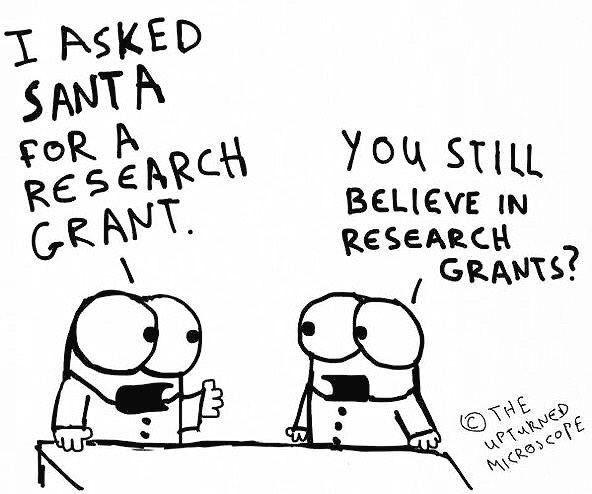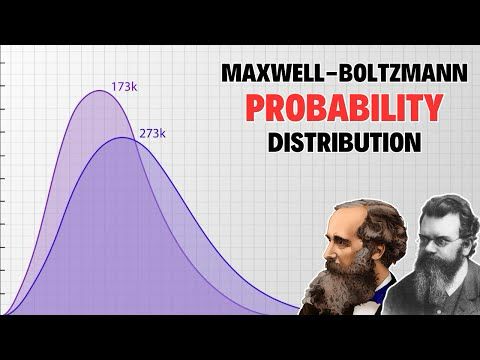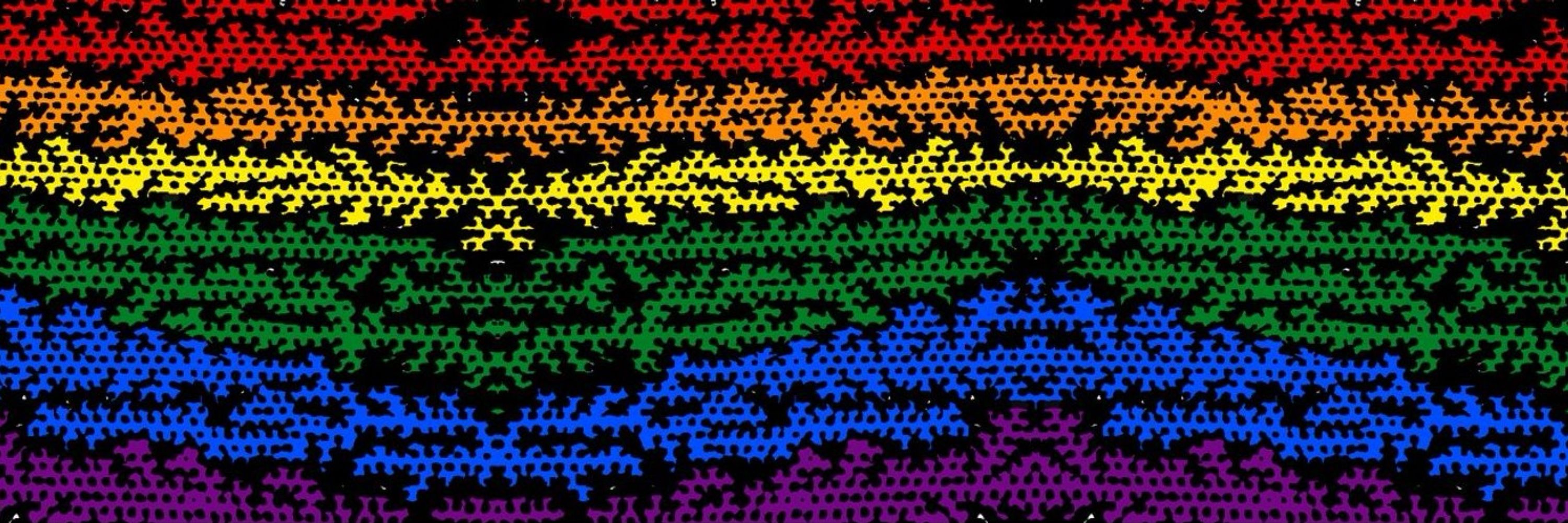
https://www.gilchristlab.info, https://www.linkedin.com/in/jamesgilchristphd

www.gilchristlab.info
So do you.
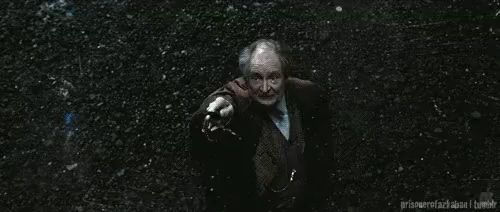
So do you.
$250M - Johnson
$160M - Bass
$100M - Broad Foundation
($180M/yr) - Vance and NIH
Just the facts here.
$250M - Johnson
$160M - Bass
$100M - Broad Foundation
($180M/yr) - Vance and NIH
Just the facts here.
Contact your professional network and reach out to support each other. We are in this together.
Contact your professional network and reach out to support each other. We are in this together.
(I have a 16 yo daughter, so I actually know some of the winners this year!)
(I have a 16 yo daughter, so I actually know some of the winners this year!)
Just search "pictures of tetanus and shingles victims" and you won't hesitate to get yours.
Just search "pictures of tetanus and shingles victims" and you won't hesitate to get yours.
Congrats to graduate student Yiman Xu for leading the effort and engaging me on this cool project!
pubs.acs.org/doi/10.1021/...
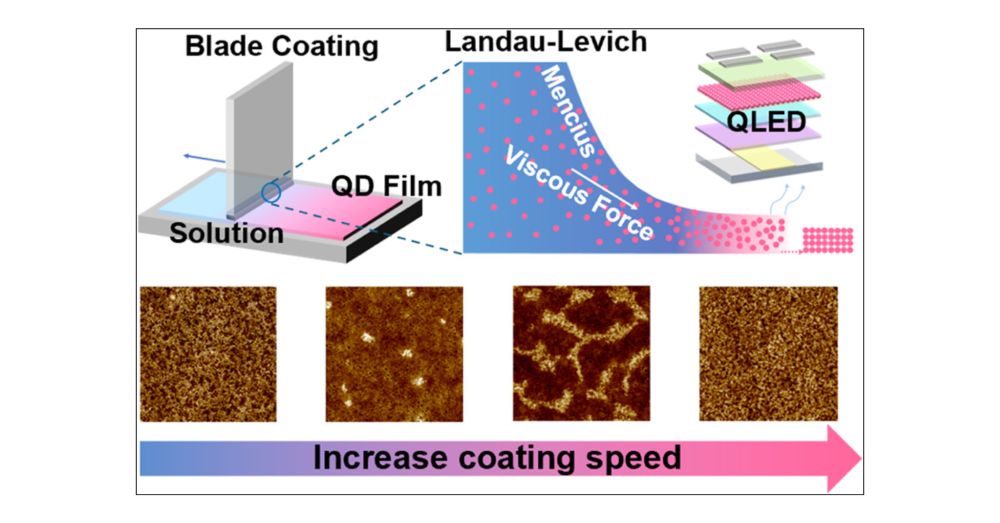
Congrats to graduate student Yiman Xu for leading the effort and engaging me on this cool project!
pubs.acs.org/doi/10.1021/...

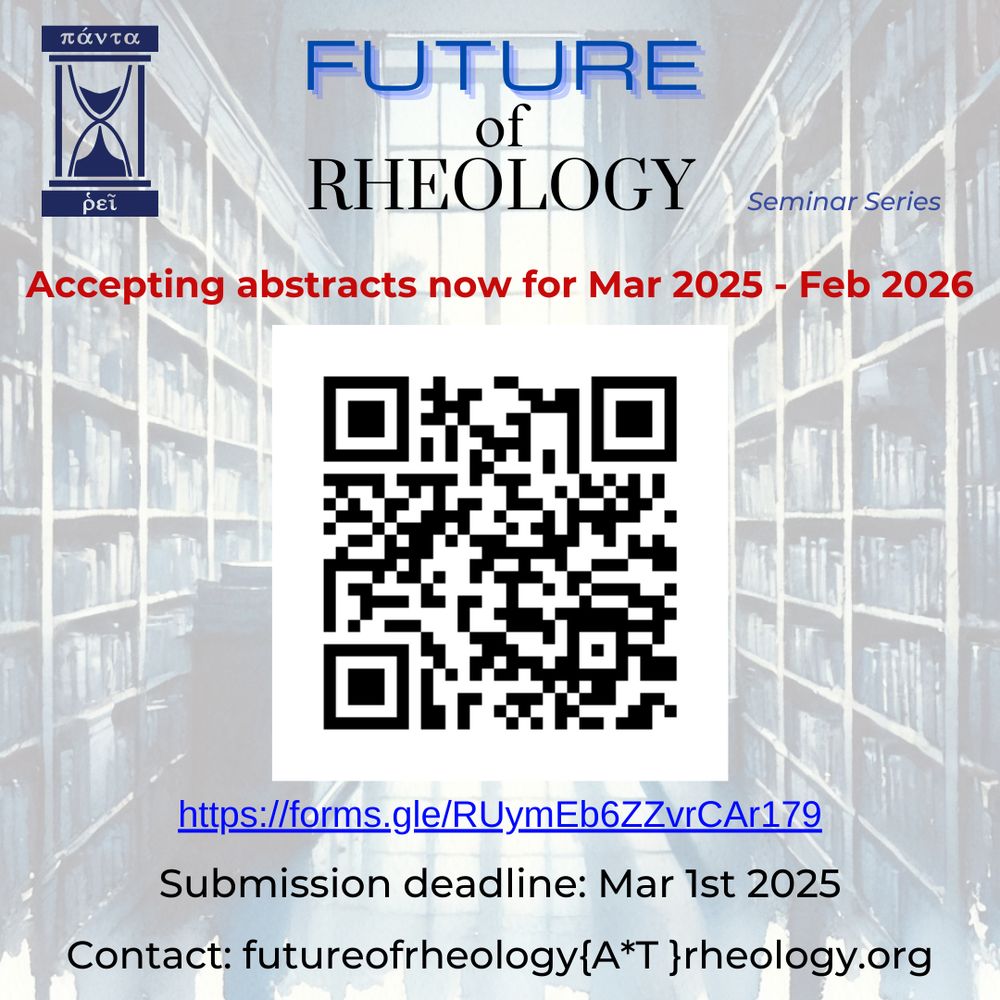
www.energy.gov/sites/defaul...
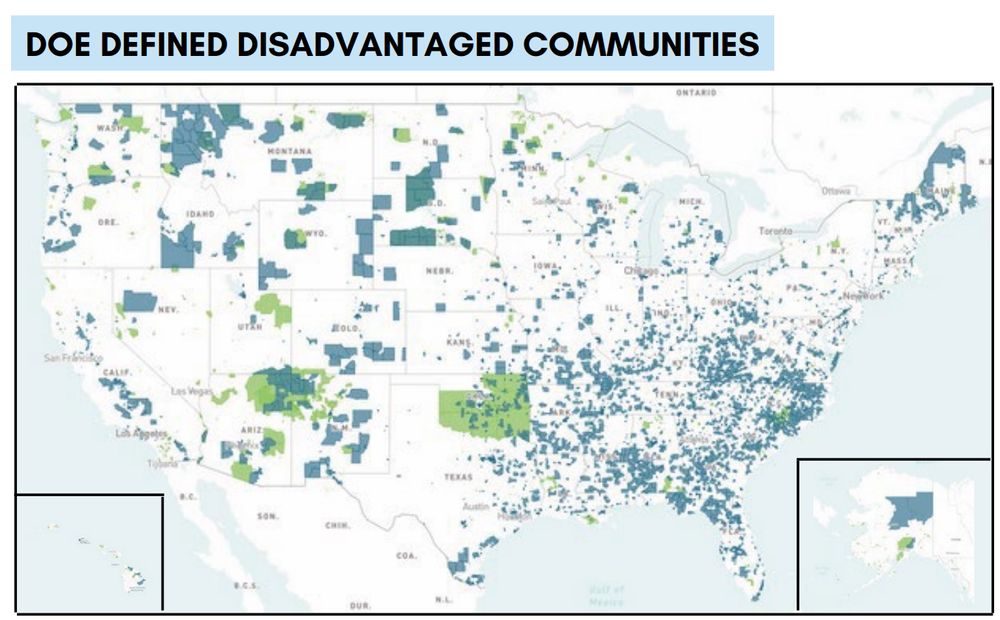
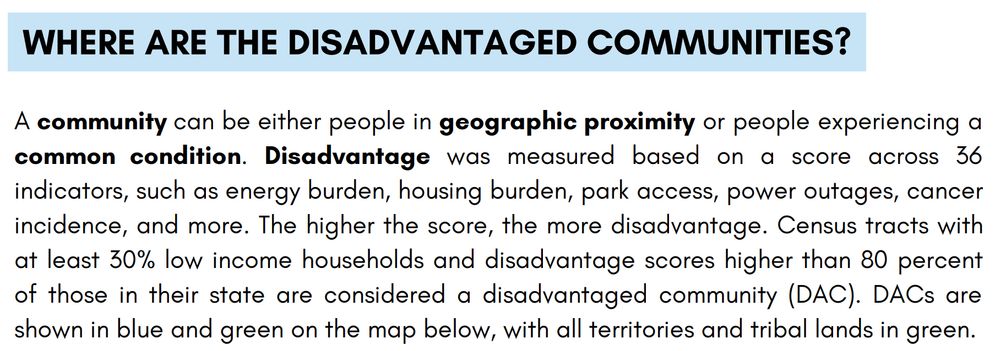
www.energy.gov/sites/defaul...

@lehighengineers.bsky.social
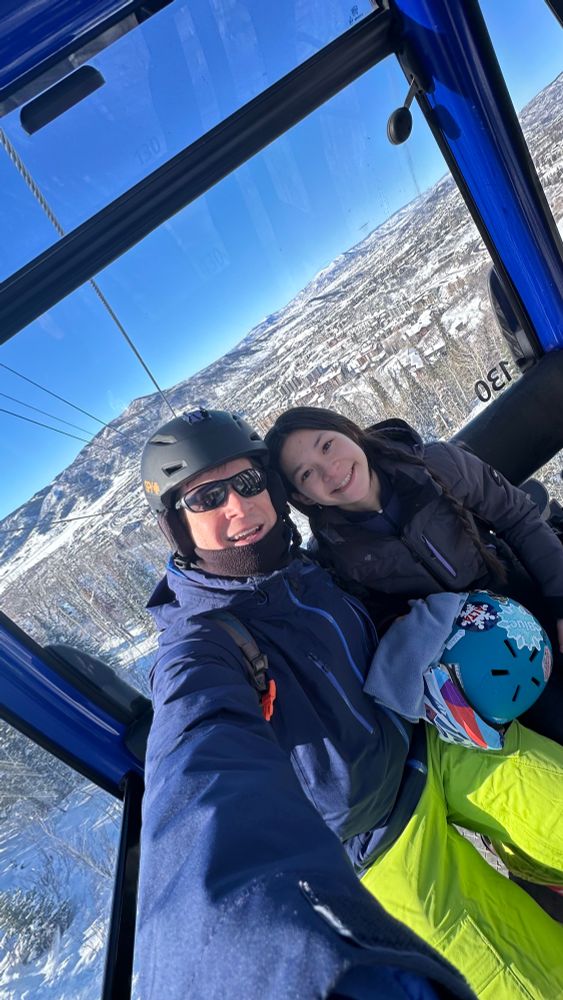
@lehighengineers.bsky.social
Pulling hair out trying to balance research deadlines, grading, committee meetings and wondering why I do this to myself.
Week before semester starts:
Sure, I'll sign up for everything that looks interesting!
Pulling hair out trying to balance research deadlines, grading, committee meetings and wondering why I do this to myself.
Week before semester starts:
Sure, I'll sign up for everything that looks interesting!
www.forbes.com/sites/chrism...

www.forbes.com/sites/chrism...
time.com/7203960/what...
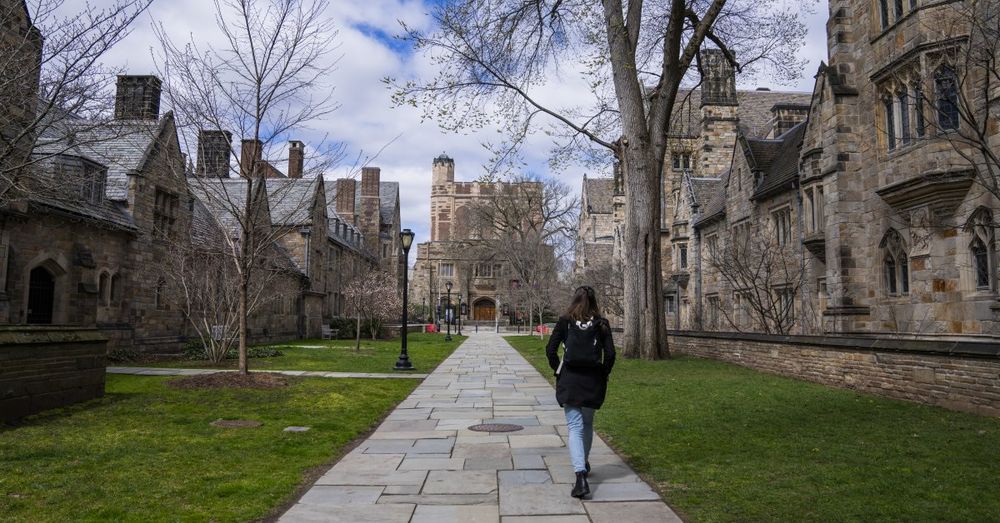
time.com/7203960/what...
Crazy beautiful!
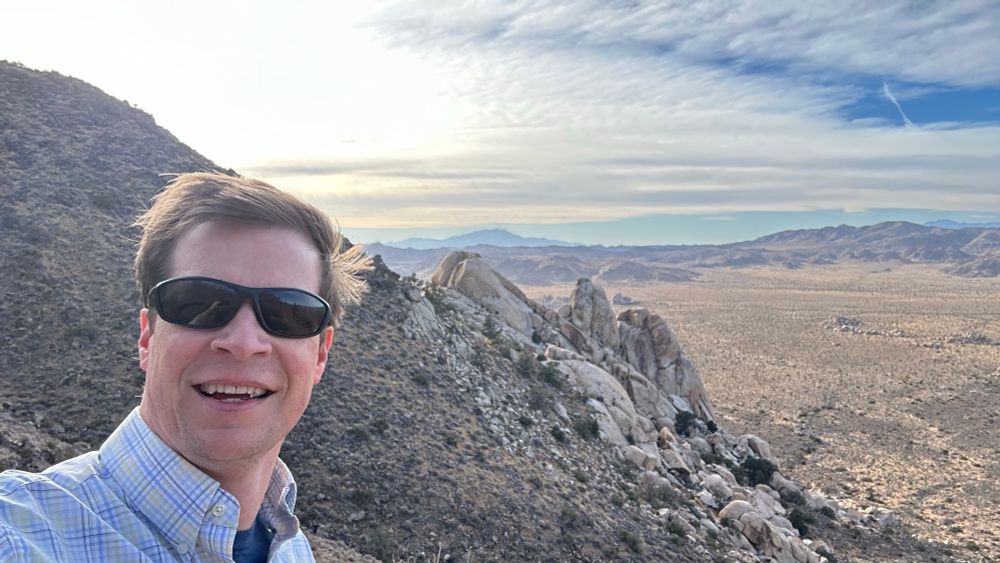
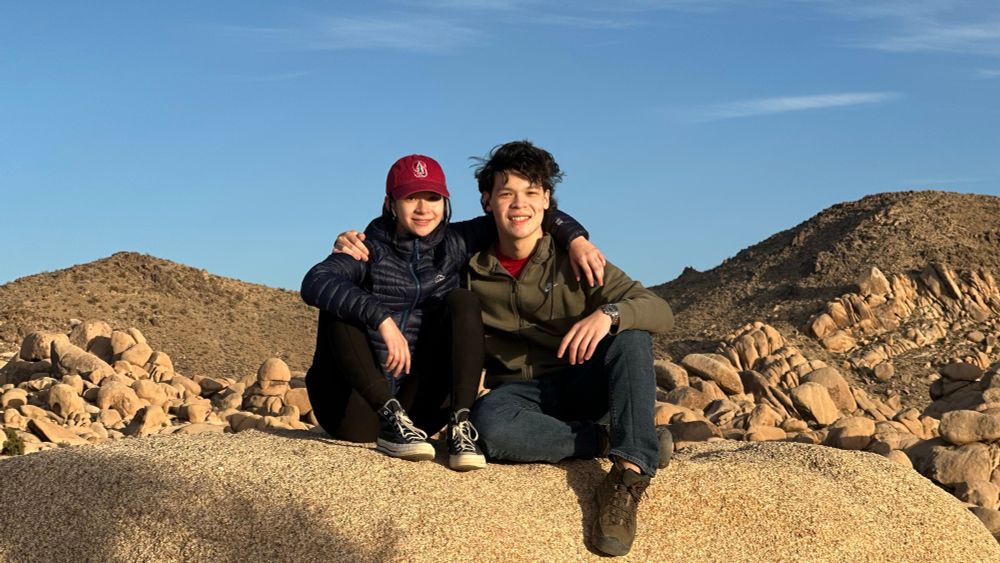
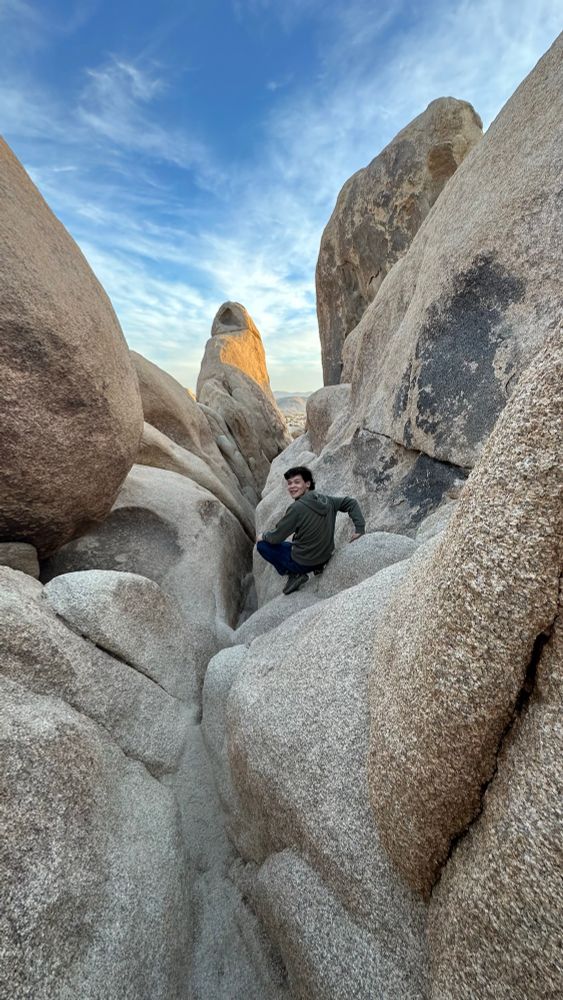
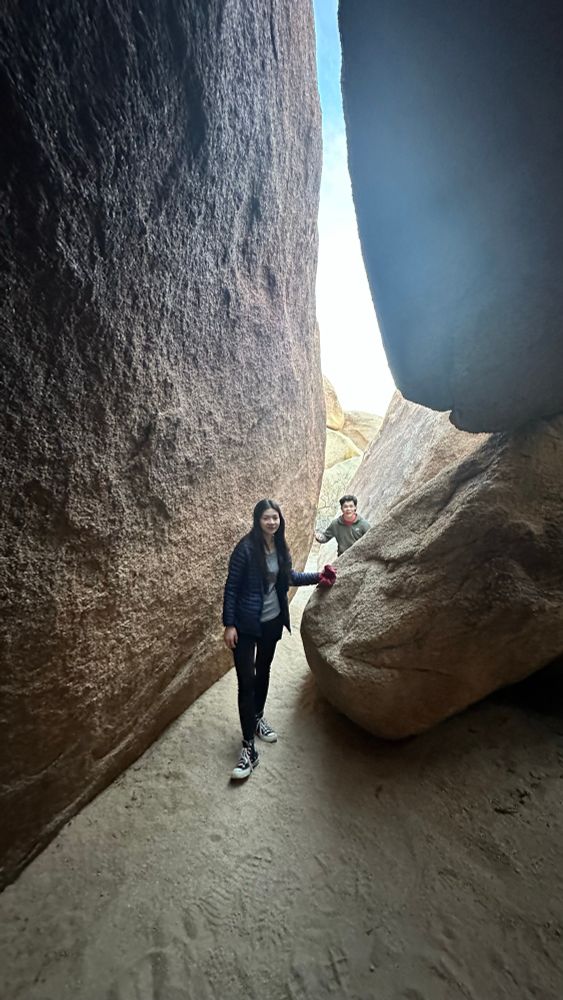
Crazy beautiful!
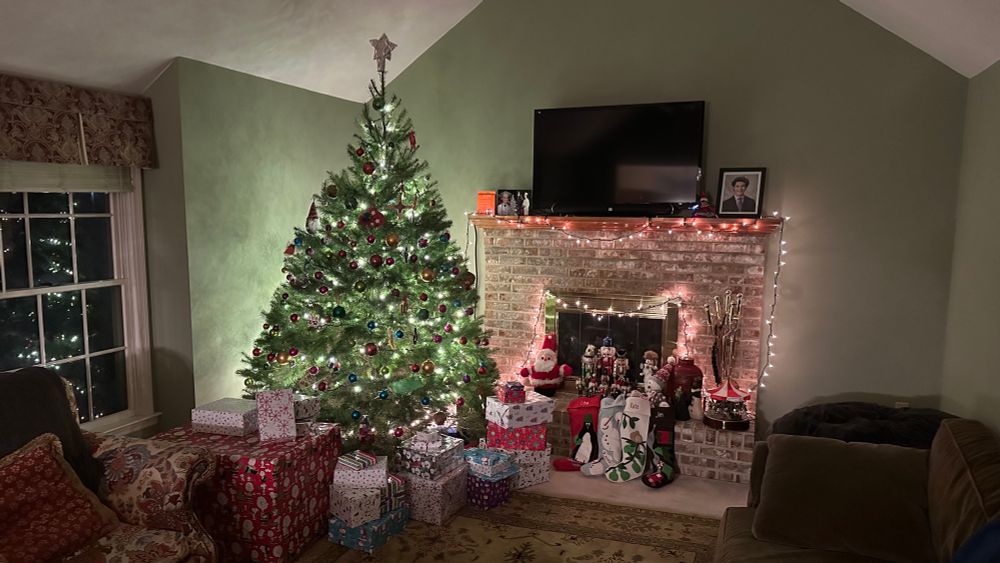
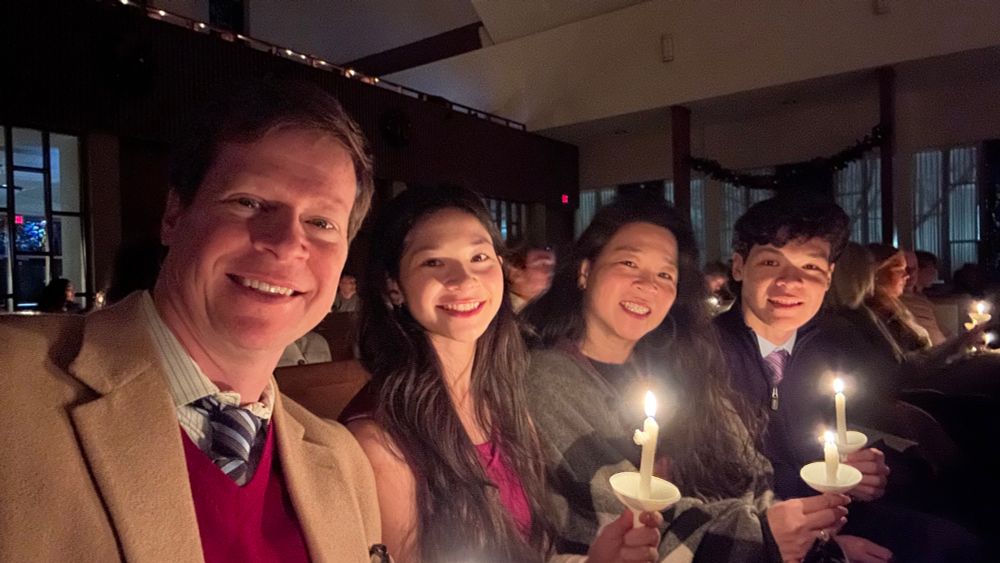
These are ingenious methods for approximating the solutions to integrals and differential equations by exploiting the presence of a small or large parameter in the problem.

Chemical engineer: It can be made dimensionless by scaling it by dividing a characteristic length squared divided by diffusion (L^2/D) OR multiplying it by the reaction rate and dividing by a characteristic concentration (k/C).
Chemical engineer: van der Waals forces.
Graphic designer: white space is beautiful.
Chemical engineer: It can be made dimensionless by scaling it by dividing a characteristic length squared divided by diffusion (L^2/D) OR multiplying it by the reaction rate and dividing by a characteristic concentration (k/C).
Lunch for mentoring or simple collegiality has never been discouraged. In fact, I tell junior faculty they can text or call -anytime- they have a “weird” question when navigating academia. No judgement, only honest answers.
Lunch for mentoring or simple collegiality has never been discouraged. In fact, I tell junior faculty they can text or call -anytime- they have a “weird” question when navigating academia. No judgement, only honest answers.
Dead car battery
Grades due in 2 days.
Tis’ the season…

Dead car battery
Grades due in 2 days.
Tis’ the season…
